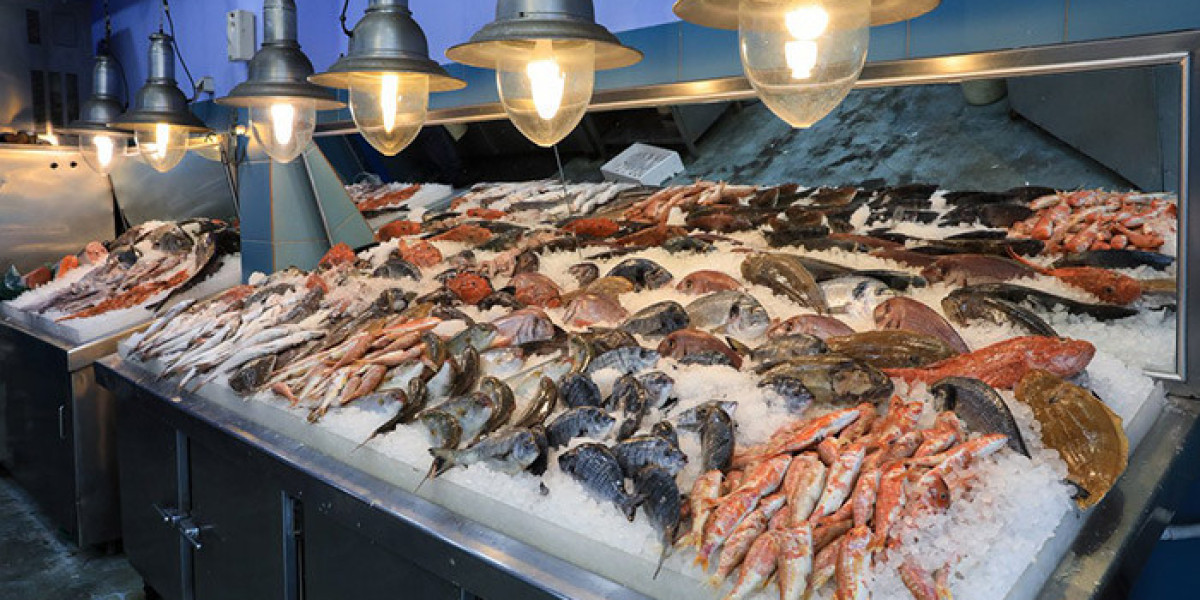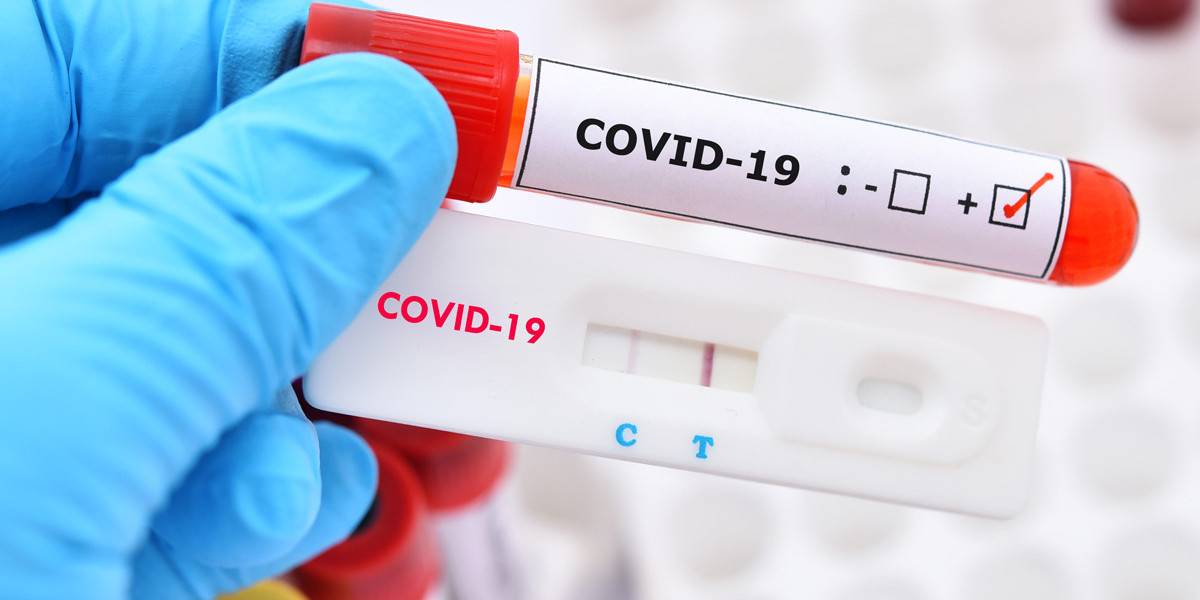When it comes to seafood, the quality of whats on your plate can significantly impact your health, taste, and overall dining experience. With the rising awareness of sustainability and the health benefits of seafood, choosing quality products has never been more crucial. Heres a closer look at why quality seafood in Bay Area matters, how to select it, and the benefits it offers.
Understanding Seafood Quality
Quality seafood refers to fish and shellfish that are fresh, sustainably sourced, and free from harmful additives or contaminants. Factors that contribute to seafood quality include:
Freshness: Fresh seafood should have a mild, briny aroma rather than a strong fishy smell. The flesh should be firm and resilient to touch, with bright, clear eyes (for whole fish) and vibrant skin.
Sourcing: Sustainable sourcing ensures that seafood is harvested in a way that maintains healthy fish populations and ecosystems. Look for certifications from organizations like the Marine Stewardship Council (MSC) or the Aquaculture Stewardship Council (ASC).
Handling: Proper handling during transport and storage is vital. Seafood should be kept at the right temperature and handled carefully to prevent spoilage and contamination.
Benefits of Quality Seafood
Health Benefits: Seafood is an excellent source of protein, omega-3 fatty acids, vitamins, and minerals. Regular consumption of quality seafood is linked to numerous health benefits, including improved heart health, better brain function, and reduced inflammation.
Flavor and Texture: Quality seafood offers superior flavor and texture. Fresh fish has a delicate taste and tender, flaky texture, while shellfish can be sweet and succulent. Cooking with high-quality seafood elevates any dish and enhances your culinary experience.
Sustainability: By choosing sustainably sourced seafood, you contribute to the health of our oceans and the preservation of marine life. Sustainable practices help reduce overfishing and protect habitats, ensuring that seafood remains a viable food source for future generations.
Tips for Choosing Quality Seafood
Buy Local: Support local fishmongers or farmers markets where you can ask questions about sourcing and freshness. Local seafood is often fresher than what you might find in larger grocery stores.
Check Labels: Look for labels indicating sustainability certifications. These labels provide assurance that the seafood has been sourced responsibly.
Ask Questions: Dont hesitate to ask your seafood provider about the catch date, handling practices, and whether the seafood is wild-caught or farmed. Knowledgeable staff can provide valuable insights.
Be Mindful of Seasonality: Some seafood is seasonal, meaning it's at its best during certain times of the year. Familiarize yourself with whats in season in your area to ensure the best quality.
Trust Your Senses: Use your senses when assessing seafood. Fresh seafood should look moist, not dry or slimy, and should have a clean, sea-like smell.
Conclusion
Choosing quality seafood is essential for your health, the environment, and your culinary satisfaction. By understanding what to look for and being mindful of your choices, you can enjoy the numerous benefits of seafood while supporting sustainable practices. Next time youre at the market or planning a meal, remember that quality matters. Dive into the world of seafood and make informed choices that enhance your dining experience!








